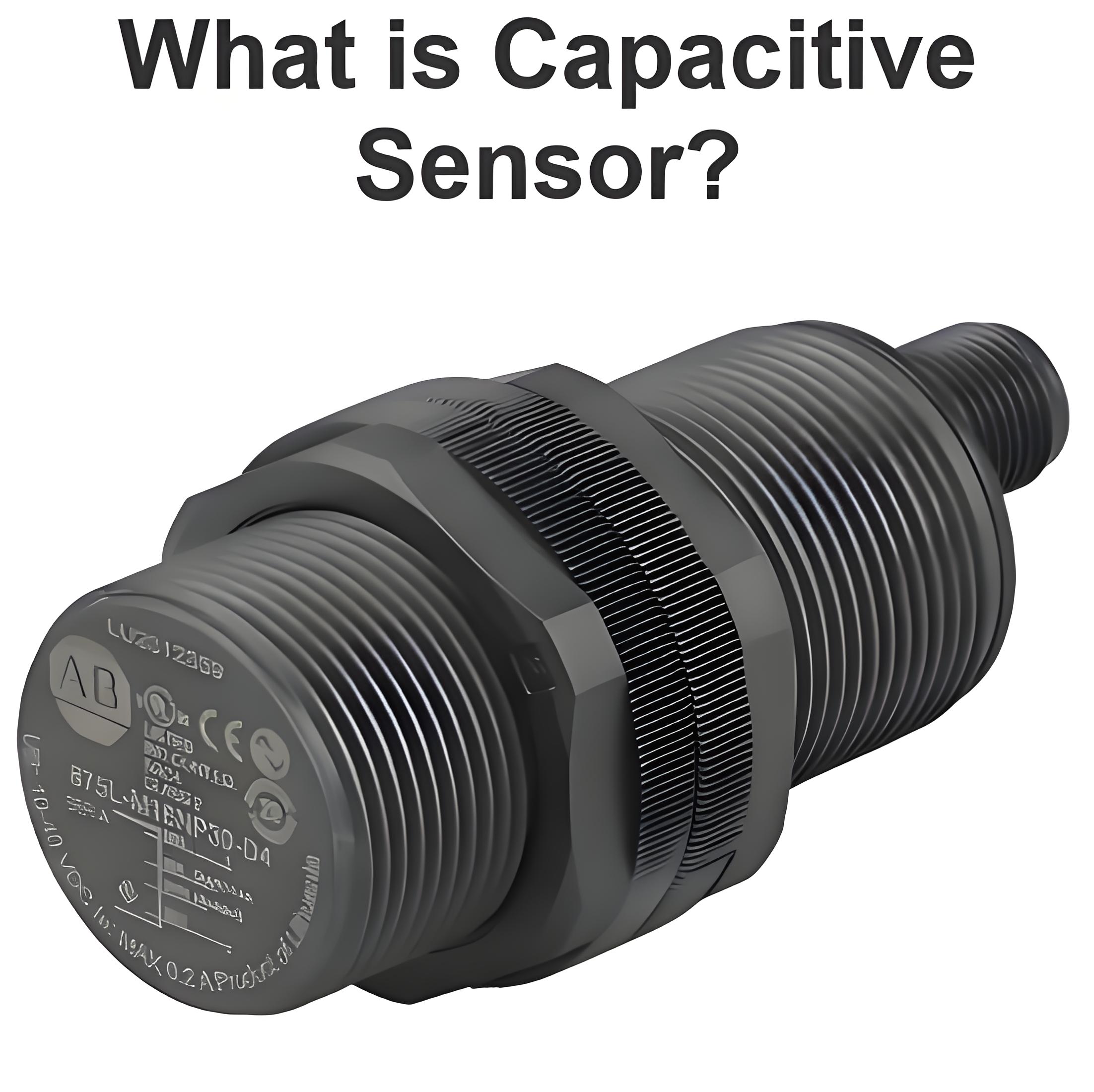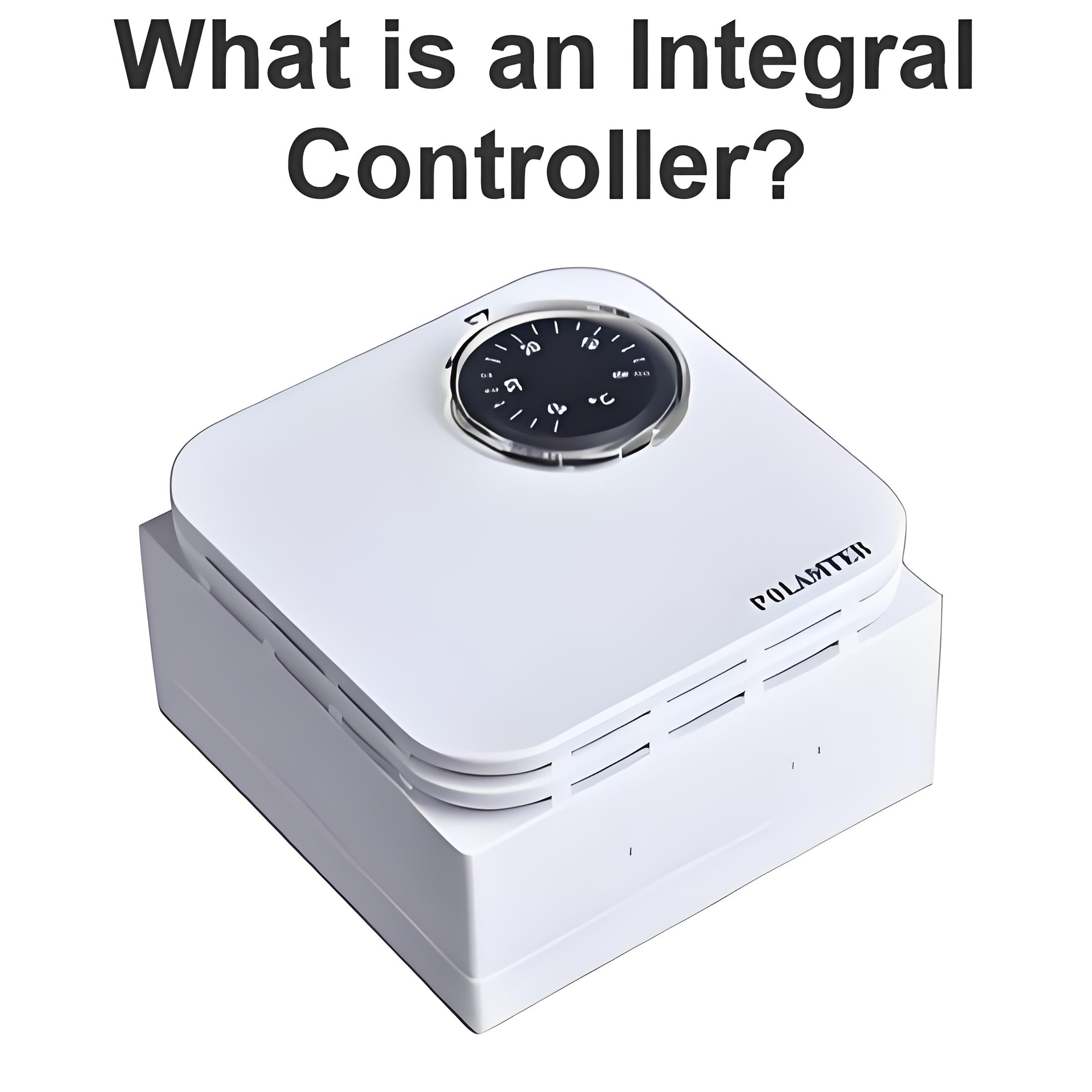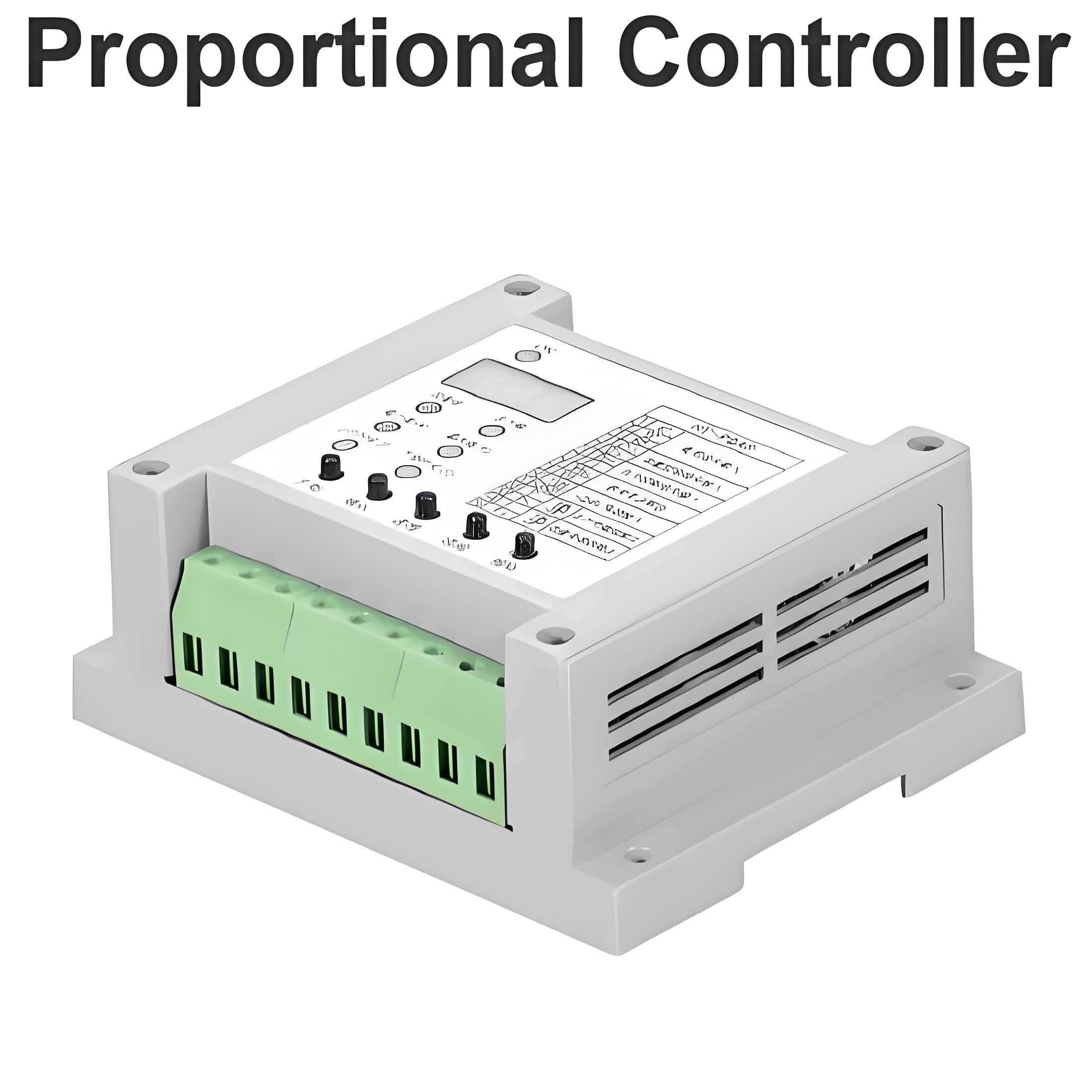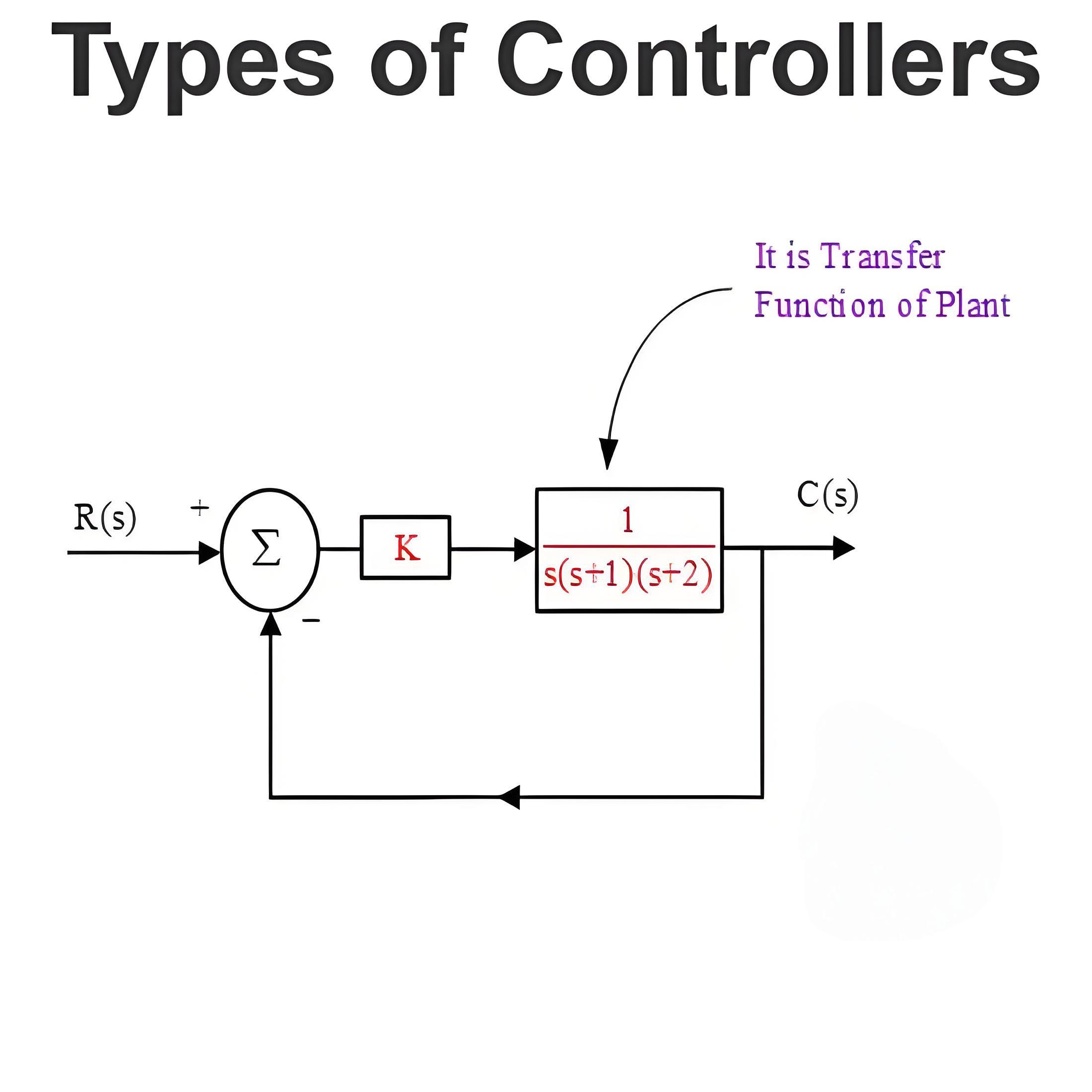Concentrated Solar Power Plants
Concentrated Solar Power Plants
Use mirrors or lenses to focus sunlight onto a receiver that heats a fluid, driving a turbine or engine to generate electricity.
A concentrated solar power plant is a large-scale CSP system that uses mirrors or lenses to concentrate sunlight onto a receiver that heats a fluid that drives a turbine or engine to generate electricity. A concentrated solar power plant consists of several components, such as:
Collectors:These are devices that reflect or refract sunlight onto a receiver. Collectors can be classified into four types: parabolic troughs, parabolic dishes, linear Fresnel reflectors and central receivers. Parabolic troughs are curved mirrors that focus sunlight onto a linear receiver tube that runs along their focal line. Parabolic dishes are concave mirrors that focus sunlight onto a point receiver at their focal point. Linear Fresnel reflectors are flat mirrors that reflect sunlight onto a linear receiver tube above them. Central receivers are towers surrounded by an array of flat mirrors called heliostats that reflect sunlight onto a point receiver at their top.
Receivers: These are devices that absorb concentrated sunlight and transfer it to a heat transfer fluid (HTF). Receivers can be classified into two types: external receivers and internal receivers. External receivers are exposed to the atmosphere and have high heat losses due to convection and radiation. Internal receivers are enclosed in a vacuum chamber and have low heat losses due to insulation and evacuation.
Heat transfer fluids: These are fluids that circulate through the receivers and transport heat from the collectors to the power block. Heat transfer fluids can be classified into two types: thermal fluids and molten salts. Thermal fluids are organic liquids such as synthetic oils or hydrocarbons that have high boiling points and low freezing points. Molten salts are inorganic compounds such as sodium nitrate or potassium nitrate that have a high heat capacity and low vapor pressure.
Power block: This is where electricity is generated from heat using a turbine or engine coupled with a generator. Power block can be classified into two types: steam cycle and Brayton cycle. The steam cycle uses water as HTF and produces steam that drives a steam turbine connected to an electric generator. Brayton cycle uses air as HTF and produces hot air that drives a gas turbine connected to an electric generator.
Storage system: This is where excess heat is stored for later use when there is no sunlight or when there is high load demand. Storage systems can be classified into two types: sensible heat storage and latent heat storage. Sensible heat storage uses materials such as rocks, water, or molten salts that store heat by increasing their temperature without changing their phase. Latent heat storage uses materials such as phase change materials (PCMs) or thermochemical materials (TCMs) that store heat by changing their phase or chemical state without changing their temperature.
The layout of a concentrated solar power plant depends on several factors, such as site conditions, system size, design objectives, and grid requirements. However, a typical layout consists of three main parts: collection field, power block, and storage system.
The collection field includes the collectors, receivers, and HTFs that collect and transport heat from sunlight.The power block includes the turbines, engines,generators and other equipment that convert heat into electricity.The storage system includes tanks, vessels, and other devices that store heat for later use.
The operation of a concentrated solar power plant depends on several factors, such as weather conditions, load demand, and grid status. However, a typical operation consists of three main modes: charging mode, discharging mode, and grid-tie mode.
The charging mode occurs when there is excess sunlight and low load demand. In this mode, the collectors concentrate sunlight onto the receivers that heat the HTF. The HTF then flows to the power block or the storage system, depending on the system configuration and control strategy.
The discharging mode occurs when there is no sunlight or high load demand. In this mode, the HTF flows from the storage system to the power block, where it produces steam or hot air that drives the turbine or engine to generate electricity.
The grid-tie mode occurs when there is grid availability and favorable tariff rates. In this mode, the electricity generated by the power block can be fed into the grid through a transformer and a switch. The grid-tie mode can also occur when there is a grid outage, and backup power is needed. In this mode, the electricity generated by the power block can be used by the loads through an inverter and a switch.
Welcome to our electricity community! Established to facilitate the exchange and cooperation in the electricity industry and bridge professionals, enthusiasts, and related enterprises.





